Tamron 70-210mm f/4 VC USD Review (A034)
Dustin Abbott
June 21st, 2018
See the autofocus section for some fresh observations from October 2018 after firmware update 2.0.
In the past two years the “third party” lensmakers have really been taking it to the “first party” lensmakers (Canon and Nikon). Both Tamron and Sigma had a renaissance around six-seven years ago where they shifted from making lenses noted more for their price (and price-to-performance ratio) than any particular standout quality of the lenses themselves to producing lenses that were competitive both in quality and price. Sigma has gained particular notoriety for their ART series prime lenses, while Tamron has been most acclaimed for their excellent zoom lenses (though their SP prime series is also very good). Their most recent offering, the Tamron 70-210mm f/4 Di VC USD, takes aim at a lens category previously not challenged by the third parties – the 70-200mm/80-210mm zoom with a moderately wide maximum aperture of f/4. The 70-210 VC jumps into a market where the first parties have good but aging options, which allows Tamron to be the first to bring modern lens technologies to the category.
An f/4 lens at this focal length bridges the gap between less expensive variable aperture zoom options (like the common 70-300mm f/4-5.6[6.3] variants) and the larger, more expensive f/2.8 options (like Tamron’s own excellent 70-200mm f/2.8 VC G2 lens). There are a number of people that want the more premium optical performance and constant aperture of an f/4 lens, but don’t want to deal the size, weight, and expense of an f/2.8 lens. For many shooters a lens like this 70-210mm f/4 lens will hit the sweet spot. Not too big, not too expensive, optically excellent, and feature rich.
The comparison that I’m most familiar with is the Canon 70-200mm f/4L IS, a lens I owned for several years before moving to a f/2.8 lens. When compared to the Canon, the Tamron sports several feature advantages, including:
- An extra 10mm in focal length.
- A much closer minimum focus distance (3.12’/95cm vs 3.94’/1.2m) and resulting much higher magnification level (0.32x vs 0.21x)
- Much quieter image stabilization system
- 9 rounded aperture blades vs 8 rounded blades
- Price that is $300-400 lower (in the US market)
- 6 years vs 1-year warranty.
On paper this sounds pretty compelling, but we are here to determine how the lens performance. Stay tuned to discover my test results.
Prefer to watch your reviews? My full video review has got you covered!
Check me out on: Google+: | Facebook: | Twitter: | Flickr: | 500px: | Sign Up for My Newsletter :
Build, Handling, and Design
Tamron has made a number of crucial advances in their lens design on their more premium lenses, and the benefit is that those technologies have trickled down to some of their less expensive options. Tamron’s premium designation is their SP (Super/Superior Performance) line, which spawned a new design language on the SP prime lenses and then on a G2 versions of several of their key zoom lenses (24-70mm f/2.8, 70-20 f/2.8, and 150-600mm f/5-6.3). Since that new look debuted, I’ve reviewed the 10-24mm VC, the 100-400 VC, and now this 70-210mm VC lens. These lenses inherit the basic look of the more premium lenses along with a number of their features (weather sealing, Tap-In compatibility, improved focus, improved build and design). The materials are not quite as premium (some engineered plastics are mixed in with metal alloys), but the look of the lenses is very nice. This video breaks down the build and design of the A034 in detail:
The 70-210 VC occupies a slightly more premium position than these other lenses I’ve mentioned due to having a constant aperture, though the price point is identical to the 100-400 VC (an excellent lens that I reviewed here:). The physical design of the 70-210 VC most strongly resembles that lens in look and materials. It is a long, fairly slender lens with a very common 67mm front filter thread that is shared with a number of other Tamron lenses. The 70-210 VC is identical to the Canon 70-200 f/4L IS in diameter (2.99”/76mm) though just a hair longer at 6.9” (175mm) vs 6.77” (172mm). The physical difference is not enough to be meaningful, though it is worth noting that the Tamron does have that extra 10mm of focal length. Both lenses are internally zooming and focusing, so that length is a constant.
The Tamron is also the heavier lens by a small margin. It weighs in at 1.89 lb (859g), compared to 1.68 lb (760g) for the Canon. This is enough to be noticeable, though probably not in a meaningful way. The bright side, perhaps, is that the heft of the lens might provide some reassurance of the quality of the build.
Tamron has been working at delivering quality levels of weather sealing on lenses across their product line, and the 70-210 VC is no different. It has sealing at the lens mount, switches, and rings along with an expensive fluorine coating on the front element that resists not only moisture but also things like fingerprints. This helps the front element to be easier to clean and also looks pretty cool when reflecting light.
Tamron employs a consistent design language in their lenses from the past few years. It is sleek and modern, with an satin anodized finish. I really like the look of the lenses and the feel of the switches. The action of the zoom ring is flawless; it moves easily and quickly with no sticking points or rough feel. It has the typical ribbed finish that is easy to grip and use. The zoom ring is closer to the front of the lens, while the manual focus lens will be closer to the camera. There is a distance window in between them.
The manual focus ring is lower profile, with very shallow ribbing. I prefer the look and feel of the zoom ring from an ergonomic perspective, though the focus ring moves smoothly. It just feels, well, cheaper to my touch. It should be noted that Tamron chooses to have its zoom and focus rings move in the “Nikon” direction rather than the Canon direction. Thus the movement of these rings will feel familiar to Nikon shooters but might feel backwards to Canon shooters.
I’ve noted with several of the consumer grade lenses with Tamron’s new design language that the finish tends to be a little more “matte” on the engineered plastic surfaces than on Tamron’s premium lenses with metal barrels. It’s a very minor thing visually, but I have noted that the finish is more likely to pick up little scuffs than on the metal barreled lenses. The look is sleeker than Canon’s flocked finishes, but I do think that the flocked approach is more resistant to marking and fingerprints.
Up front there is a very commonly-sized 67mm filter thread, which is shared across a number of Tamron’s newest lenses (including all the SP primes and the new 100-400 VC lens). There are nine rounded aperture blades that help keep a circular shape even when stopping the lens down to smaller apertures like f/5.6 or f/8.
There are two switches on the side of the barrel, a AF/MF switch (the lens does allow full time manual override of focus) and a VC (Vibration Compensation) ON/OFF switch. There isn’t an option to select different modes for the VC, though it should be noted that you can program in differing behavior for the VC through the optional Tap In Console accessory. I often elect to employ the “Capture Priority” mode (Mode 3), which does little to stabilize the viewfinder (allowing you to naturally track action) but gives the most effective stabilization to the actual images. If you have shaky hands, however, you may prefer a mode that prioritizes locking down the viewfinder image. Tamron’s VC on this lens is rated at 4 stops. I don’t find it to be the absolute best of Tamron’s systems that I’ve used, but it is effective.
Unlike the more expensive f/2.8 70-200 variants, the 70-210 VC (like the Canon f/4 lens) doesn’t come with a tripod collar. The A034TM is available as a separate accessory at a cost of $129 USD. The advantage of the Tamron collar (compared to the Canon) is that the Tamron collar is Arca-Swiss compatible, meaning that you can easily mount it on most tripods without any need for a quick release plate. It saves time and adds to the flexibility of the lens. If you aren’t a tripod shooter, however, the lens is easily light enough to be handheld for most shooters and isn’t heavy enough to really stress a camera even if mounted on a tripod. You will know if you are a person who needs a tripod collar or not.
One of the great strengths of the 70-210 VC is its ability to focus down very closely (under 1 meter – 3.12 feet). This allows the lens to have a near-macro like performance with a magnification of 0.32x (1:3.1 reproduction ratio). This easily bests the Canon’s 0.21x. I personally value lenses with good magnification figures as it adds to the versatility to the lens and the kind of shots you can take with it.
This highlights a key advantage over the more expensive G2 lens. Though it shares the minimum focus distance, it suffers from something often called “focus breathing”. When a lens focus breathes it means that the lens sacrifices some of its focal length at close distances in order to focus closer. The G2 lens behaves more like a 150mm lens rather than 200mm at very close focus distances, which limits its magnification to a rather poor 0.16x. As a result, the less expensive f/4 lens has a near double magnification figure, which vastly extends its usefulness in this kind of situation. The poor magnification of the G2 lens (which I own) is my least favorite aspect of the lens. At the other end of the spectrum is the 70-210 VC, which boasts a class-leading performance here.
One final thing worth noting is that the 70-210 VC is compatible with Tamron’s new TCs (teleconverters), which can add to the reach of the lens. The 1.4x teleconverter, for example, will make the lens behave like a 98-294mm f/5.6 lens, which is also a very useful focal range.
All told this is a lens that offers a lot of value for money. Other than a few minor niggles I feel that it provides a build and feature set that easily match or exceed the more expensive first party lenses.
Tamron 70-210 VC Autofocus
I have (for the most part) had good success with lenses equipped with Tamron’s USD (Ultrasonic Drive) focus motors. They are typically a ring-type autofocus motor with good speed (though rarely at the level of the best Canon USM motors), and, more importantly, good focus accuracy (though typically at the cost of some time invested in calibration). As for the Tamron 70-210 VC, however, I was left less than impressed.
First of all, it should be noted that AF system seems to be trying to straddle two worlds. The nature of photography has changed, and technologies like Canon’s DPAF have made the use of Live View (Contrast AF) far more common. A lot of people are now adapting lenses to Sony bodies, and, while Sony mirrorless bodies do have Phase Detect autofocus (like traditional viewfinder AF on DSLRs) in addition to contrast AF, the focus behavior to me in general seems more like Contrast AF. It quickly became apparent to me that the 70-210 VC sacrifices a bit of speed in Phase Detect AF (traditional viewfinder focus) to allow better behavior in Live View or when adapting the lens. I found focus speed pretty similar either way in Single Shot AF mode. In some ways it is hard to fault Tamron’s logic, but at the same time there was a notable difference between the focus speed of the 70-210mm VC and that of, say, the Tamron 70-200mm f/2.8 G2 lens.
If all I had shot was Single Shot AF, I think I would have been reasonably satisfied. I used the lens some on the new Sony a73 via the Sigma MC-11 adapter and got beautifully focused results and fairly good focus speed for casual shooting. After some calibration I also found that I had good focus results on both my Canon 5D Mark IV and Canon 80D bodies. Focus speed wasn’t lighting quick, but acceptably fast, though I did have issues with occasional focus racks where the lens moved towards defocus before actually seeking focus lock. These seemed to happen when going from a close/medium focus distance subject to an infinity subject. The lens would first defocus before moving to the further focus point, robbing a crucial split second or two.
But when I switched to AF Servo mode (for tracking action), I was really disappointed. The lens was very, very slow to initially acquire focus, leaving me looking at a lot of blurriness in the viewfinder before the AF motor began to lock in focus. In some cases the defocus I just described above would occur, but the lens would give up after the defocus and not continue on towards infinity. I would have to depress the focus button again to “encourage” the lens to continue focusing. For casual action, like this softball shots, I got fairly good results once I achieved initial lock, as these photos show.
But when I tried to track faster action and had my track team son running hard towards the camera, I was very disappointed. I had to make sure to lock focus before he started moving, but even then found that the burst rate from the 5D Mark IV seems inconsistent because the lens wasn’t always signaling focus. I would estimate I dropped about 5 frames over a 5 second burst, and that was setting everything up for optimal performance. On top of that, there were only about 50% that were well focused, with a disappointing amount in each series that were completely unacceptably misfocused. The lens simply didn’t consistently keep up with the action consistently.
This was a far cry from my experience with the recent Tamron 100-400mm VC lens, which had surprisingly excellent autofocus for such an affordable lens. I’m left a little puzzled, as I see no reason why this lens should behave significantly poorer than that one…but it does.
It is my hope to evaluate a second copy to see if this was specific to my copy. It also seems possible that a firmware update could smooth out some autofocus glitches.
Ironically, however, all these problems go away if/when I switch to Contrast AF (Live View). The lens focused quickly (without the hesitation) and had no issues with defocusing. It’s as if the lens is better tuned for Contrast AF than it is for Phase Detect. In fact, if it focused as well in PDAF as it does in Live View, we wouldn’t be having this conversation. Instead I would be telling you what a great focusing lens it was.
Update: in late September 2018, Tamron released firmware 2.0 for the A034. I spent some time with an updated copy and looked specifically for the issues I originally saw. I was delighted to discover that essentially all of them have now been fixed. There is still a brief hesitation before final lock at times, but it happens in a split second and won’t affect focus in most situations. AF Servo focus works infinitely better, without any of the initial hesitation at finding focus or reluctance during tracking. It’s great to see Tamron stand by their product and work to improve it.
Tamron 70-210 VC Image Quality
The advantage of a lens like this is its ability to produce images with a much more professional “sparkle” than most consumer zooms. That’s certainly the case here. One area that is worth mentioning here before we proceed is the excellent magnification from the lens. As compared to the Canon 70-200mm f/4L IS, it has a much closer minimum focus distance (3.12’/95cm vs 3.94’/1.2m) and resulting much higher magnification level (0.32x vs 0.21x). This is incredibly useful, in that you very few situations where you end up too close to your subject and cannot focus, not to mention the fact that you can get near macro results (almost 1:3 life size) with a fabulous working distance of over three feet. I personally highly value lenses with high magnification figures because it really adds to the versatility of the lens and what you are able to shoot with it if you are out with the lens. My frequent hikes in the Canadian woods with a lens like this allow me to go from shooting traditional telephoto subjects to landscapes to macro-like shots.
This is one of the major assets of the lens in terms of image quality, but it is not the only one.
The last Canon EF mount lens I reviewed (the Sigma 14-24mm f/2.8 ART) was the first third party lens I’ve reviewed to have support from Canon’s in body Lens Aberration Correction. I quickly checked this lens in hope that Canon had relaxed its policy for all third-party lenses, but unfortunately that wasn’t the case. It seems Sigma must have a unique partnership in place with Canon.
Resolution and Contrast
I prefer to not asses sharpness in a vacuum; I would rather have some kind of benchmark to compare to. Relying on memory can be a fickle thing, as conditions and equipment changes. For this comparison I elected to use the excellent Tamron SP 70-200mm f/2.8 G2 lens (mostly because I own it and have it on hand). I will preface my findings by saying that the G2 lens (rightly) wins most all of these comparisons. And it should: it costs 62% more, is larger and heavier, and at most focal lengths save 200mm outperformed the mighty Canon 70-200mm f/2.8L IS II in my comparisons. My point is that I am using a very high benchmark for the optical performance for this lens.
The best way to visualize what I’m sharing here is by watching the following video segment where I interactively compare/contrast these two lenses:
To sum up those findings, however:
At 70mm there are a few general observations. With both lenses wide open (f/4 and f/2.8, respectively), the G2 lens shows slightly heavier vignette. You will also note that when looking at a pixel level, the right image (G2) will look smaller than the left image (70-210 VC). The reason for this is that the G2 lens is very prone towards focus breathing (where it behaves as a shorter focal length at close focus distances) while the 70-210 G2 doesn’t at all. One final general observation (for all focal lengths) is that the 70-210 VC tends to deliver a slightly cooler image when compared to the more neutral G2 lens.
At 70mm the G2 lens is sharper both in the center and edge of the frame with both lenses wide open.
Both lenses show a nice even sharpness profile right out to the edges, though the G2 is slightly stronger in the extreme corners.
Stopping the G2 down to f/4 to match the 70-210 VC only increases that advantage in sharpness and contrast, though when both lenses are stopped down to f/5.6 the gap closes.
Both lenses are delivering an excellent performance for something like landscapes at this point, as you can see from the image below from the 70-210 VC.
Moving on to 100mm shows a very similar performance. The G2 lens is sharper wide open, though not by a large margin. It shows slightly better contrast as well. When stopped down there is little to distinguish the two lenses, as the third image shows.
At 135mm the difference between the two lenses wide open is close enough to be essentially non-existent for field use, though I would slightly favor the G2’s micro-contrast of the fine details at a pixel level. I found this to be a high point for the G2’s sharpness when I reviewed it, so that tells me that the 70-210 VC is also extremely sharp at this focal length. The lens is sharp from corner to corner. Stopping down reduces vignette but makes little change to sharpness or contrast. The lens is near perfect already.
At 210mm there is a somewhat unique vignette. Its unique in that it essentially covers almost all of the image frame. It isn’t particularly severe in any one spot, but it is severe the in the degree of coverage, which almost results in a slightly lower light transmission. Take a look at how the correction in Lightroom, though mild in scope, increases light transmission across the frame.
When comparing to the G2 lens the difference in framing is striking. Yes, the 70-210mm VC has 10mm of additional focal length, but at the test distance (about 15 feet) the difference is far greater. I would guess the difference to be somewhere around 40mm in difference. It is in part due to the lack of focus breathing on the part of the 70-210 VC that it has such a high magnification level (it essentially doubles that of the G2 lens at minimum focus). You will note that the size of the brick sections is much larger on the left (70-210 VC) side.
That’s where the advantage for the 70-210 VC ends, however, as the G2 is noticeably sharper in both the center and edge and delivers better microcontrast on the fine details. Stopping the G2 lens down to f/4 only increases that gap. Stopping both lenses down to f/5.6 highlights the fact that the G2 has gained even more sharpness and contrast while the 70-210 VC has remained largely the same.
In an absolute sense, the sharpness is actually quite good in field use, but in this comparison it is outclassed by the superior resolution from the G2 lens. Check out some of these “worst case scenario” examples.
As you can see, the lens is actually quite good even at its weakest focal distance, but there is some drop-off from the rest of the focal range.
Chromatic Aberration, Distortion, Color, Bokeh, and Flare
I observed few chromatic aberrations in field use, which results in nice, crisp images with high levels of contrast. I got a number of fantastic shots with the lens that I thought looked great right out of the camera. Here’s a crop from an image that would be highly susceptible to CA, but there is little to see:
There is some mild barrel distortion (bulging out from the center) at 70mm, but I never really saw much pincushion distortion (pinching in towards the middle) later in the telephoto range (pincushion is the more typical telephoto distortion). I don’t anticipate that distortion will be a factor for most users.
Flare resistance is a mixed bag. The lens doesn’t exhibit a lot of ghosting artifacts (color blobs of color – typically green and orange), but it does veil quite heavily (loses contrast). Whether this is a blessing or a curse will depend on your subject, as there are artistic applications for veiling like in the photo below:
At the same time, while veiling does have some artistic applications, it is in fact an optical defect. It is just one that can have some usefulness. Here’s a look at how the lens reacts as I progressively move the sun into the frame. In the final example you can see a bit of ghosting on the right side of the frame, but that was the worst example that I saw during my review period.
The bokeh quality for the lens is, for the most part, quite nice. It produces nicely smooth defocused regions and can provide real separation from the background at most focus distances. I did note a little bit of mirror-box clipping in some shots, but overall I give this lens a very positive grade for the bokeh quality.
I consider color rendition to be a real strength for the lens. I found that the images were nicely saturated and had a beautiful feel to them. Here’s a few standouts.
All in all, the optical shortcomings of the lens are few and fairly easily managed. Check out more real-world images in the Lens Image Gallery.
Tamron 70-210 VC APS-C Results
I also tested the lens some on my Canon EOS 80D body, where behaves like a 112-336mm lens. Certainly APS-C shooters will enjoy that extra reach for birding and wildlife. There are pros and cons to making that switch. The most notable plus is that the vignette is essentially completely removed due to that portion of the image circle being eliminated by the smaller sensor. You can see that in this comparison:
Don’t read too much into the more “contrasty” APS-C result, as this is a JPEG vs the RAW file on full frame and, as a result, has more contrast dialed in. But the 24MP APS-C sensor on the 80D is also a very demanding one, with a pixel density similar to a 50 MP+ full frame sensor. As a result, most lenses look a little softer on APS-C.
What I’m finding is that the center and edge sharpness are nearly identical, as the weakest portion of the frame (extreme edges) have been “clipped”. Resolution as a whole is a little softer but very even. The G2 looks a little sharper in my comparisons (as before) and its contrast holds up better. When stopped down, the advantage for the G2 lens increases even more. There’s no question that it is the sharper lens in an absolute sense.
I’ve chosen the most critical focal length (210mm) for this comparison, though you can see a more thorough comparison in the video review.
Real world photos look good when viewed globally, with excellent color, contrast, and sharpness, though at a pixel level you can see the slightly reduced microcontrast levels when compared to similar full frame results (not unusual). This lens will be a significant upgrade optically over consumer grade zooms, however, due to having smoother bokeh and nicer color rendition (along with much lower levels of chromatic aberrations).
Here’s a few real-world samples.
There’s no reason to avoid this lens if you are an APS-C shooter, as its size and performance are a good match. If you want absolute sharpness (and don’t mind size, weight, price, and some focus breathing), the G2 lens is obviously an upgrade in terms of resolution.
Conclusion
There’s a lot to like about Tamron’s most recent lens, from the build to the excellent magnification to the excellent price. The Tamron 70-210mm f/4 VC provides a nice alternative to existing options, yet Canon may have upstaged Tamron with the recent announcement of the EF 70-200mm f/4L IS II, a heavily updated and improved lens. Still, for those on a budget, the reality that the new Canon will cost 50% more than the Tamron might still be a compelling factor. At the same time, however, I cannot deliver complete approbation of the A034, as I felt that in some areas it underperformed my expectations. It is a sharp lens, but is clearly outclassed by the larger Tamron 70-200mm f/2.8 G2 lens. I found the autofocus a little slower than expected (the recent Tamron 100-400mm f/4.5-6.3 VC was much faster) and also found the autofocus a little more prone to hunting in some situations. There aren’t many other reviews out there, but none of the other reviewers have noted the focus hunting issues that I experienced, so I suspect it was specific to my review copy. My supplier was unfortunately unable to get me a second copy of the lens during my review period. If you are on a budget, this is an excellent choice…particularly if you are a Nikon shooter. If you a Canon shooter, have a slightly larger budget, and aren’t in a rush, you might want to wait and see what the new Canon 70-200 f/4L IS II has to offer as faster, more refined autofocus is almost certainly a given.
As an addendum (October 2018): Tamron has updated the 70-210 VC with firmware 2.0 which solves the issues I saw with autofocus. It is improved all around. I’ve also now reviewed the Canon 70-200mm f/4L IS II, and, while I feel that the Canon is the best lens in the class at this focal length, it is also more than 60% more expensive. If you are on a budget, I feel like the 70-210mm f/4 VC is a solid alternative, providing most of the performance at a significantly reduced price.
Pros:
- Nice build quality complete with weather sealing
- Mechanical operation is very good
- Very nice color rendition and global contrast
- Bokeh quality good in most situations
- Excellent CA control
- Very quiet autofocus
- Excellent maximum magnfication
- Compatibility with Tap In Console and Tamron Teleconverters
- Very competitive price
- Excellent warranty
Cons:
- A little flare prone
- Softer at 210mm
- Autofocus quirks such as tendency to rack focus when going from close to infinity subjects
- AF Servo performance uneven
Gear Used:
Canon EOS 5D Mark IV (5D4): B&H Photo | Amazon.com | Amazon Canada | Amazon UK
Tamron 70-210mm f/4 VC USD @ B&H Photo | Amazon | Amazon Canada | Amplis Foto (use code AMPLIS52018DA for 5% off) | Amazon UK | Ebay
Sony a7R III Camera: B&H Photo | Amazon | Amazon.ca | Amazon UK | Ebay
Peak Design Slide Lite: Peak Design Store | B&H Photo | Amazon | Amazon Canada | Amazon UK
BenQ SW271 4K Photo Editing Monitor – B&H Photo | Amazon | Amazon.ca | Amazon UK
Adobe Photoshop Creative Cloud 1-Year Subscription
Alien Skin Exposure X2 (Use Code “dustinabbott” to get 10% anything and everything)
Purchasing your gear through B&H and these links helps fund this website and keeps the articles coming. You can also make a donation here if you would like. Visit my Amazon page for some of my gear of choice! Thank you for your support.
Great News! I can now offer a 5% discount on all purchases at Amplis Foto, Canada’s Leading Photographic Supplier. Please enter discount code: AMPLIS52018DA in your cart. It is good for everything in your cart, and is stackable with other coupons, too! It will take 5% off your entire order! Proceeds go towards keeping this site going and providing you with new reviews!
Check me out on:
My Patreon: | Google+: | Facebook: | Twitter: | Flickr: | 500px: | Sign Up for My Newsletter :



Keywords: Tamron 70-210mm f/4, Tamron 70-210 VC, Tamron 70-210mm f/4 VC USD, Tamron 70-210mm Review, Tamron 70-210 Review, 70-210mm, VC, USD, Tamron, withmytamron, Dustin Abbott, Lens, Review, Comparison, Autofocus, Resolution, Sharpness, Canon 5D Mark IV, Sony a7R3, Sony a73, Sigma MC-11, Canon 80D, APS-C, Full Frame, Sample Images, Tamron 70-210mm f/4 Di VC USD, Video Test
DISCLAIMER: This article and description contains affiliate links, which means that if you click on one of the product links, I’ll receive a small commission. As an Amazon Associate I earn from qualifying purchases.











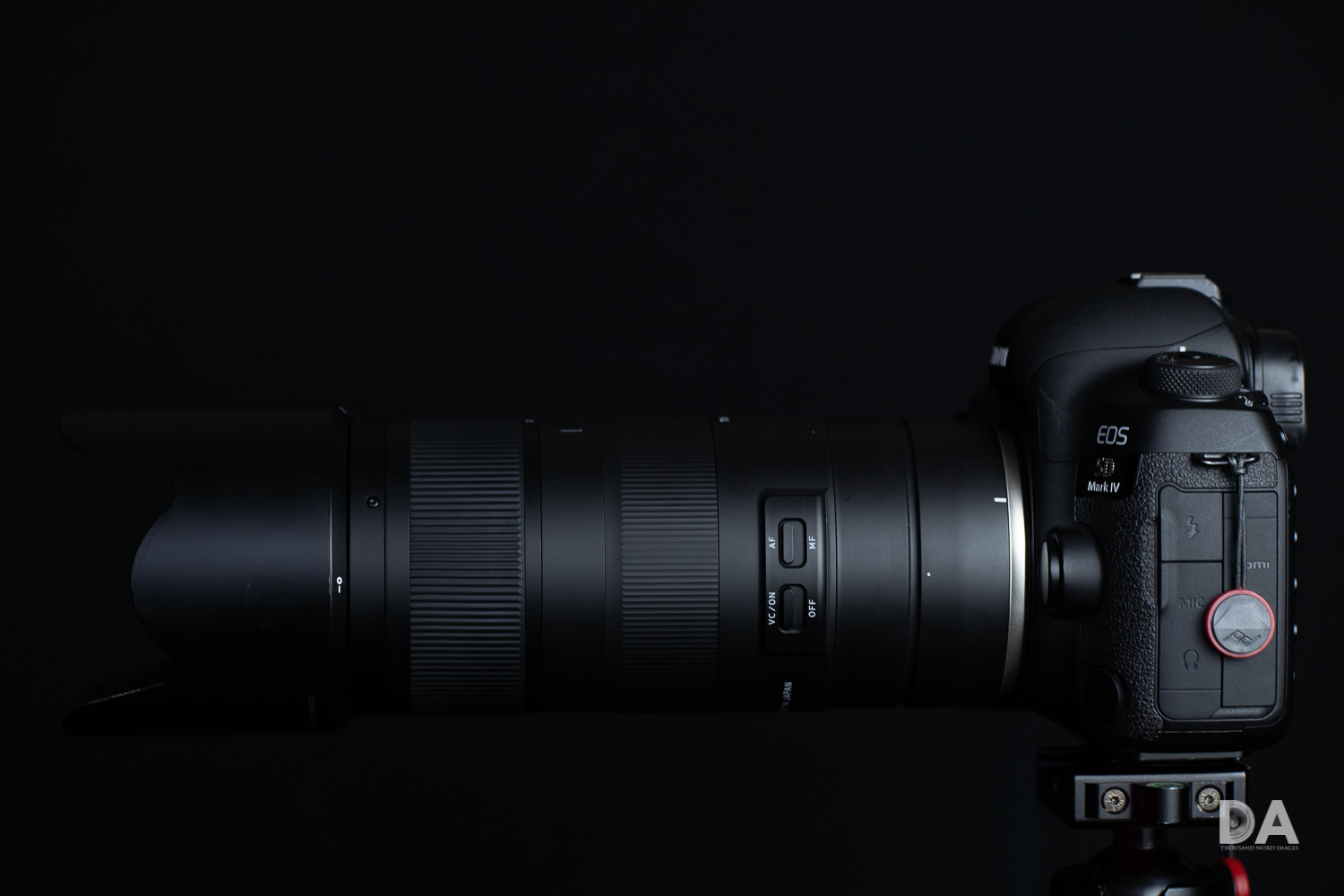
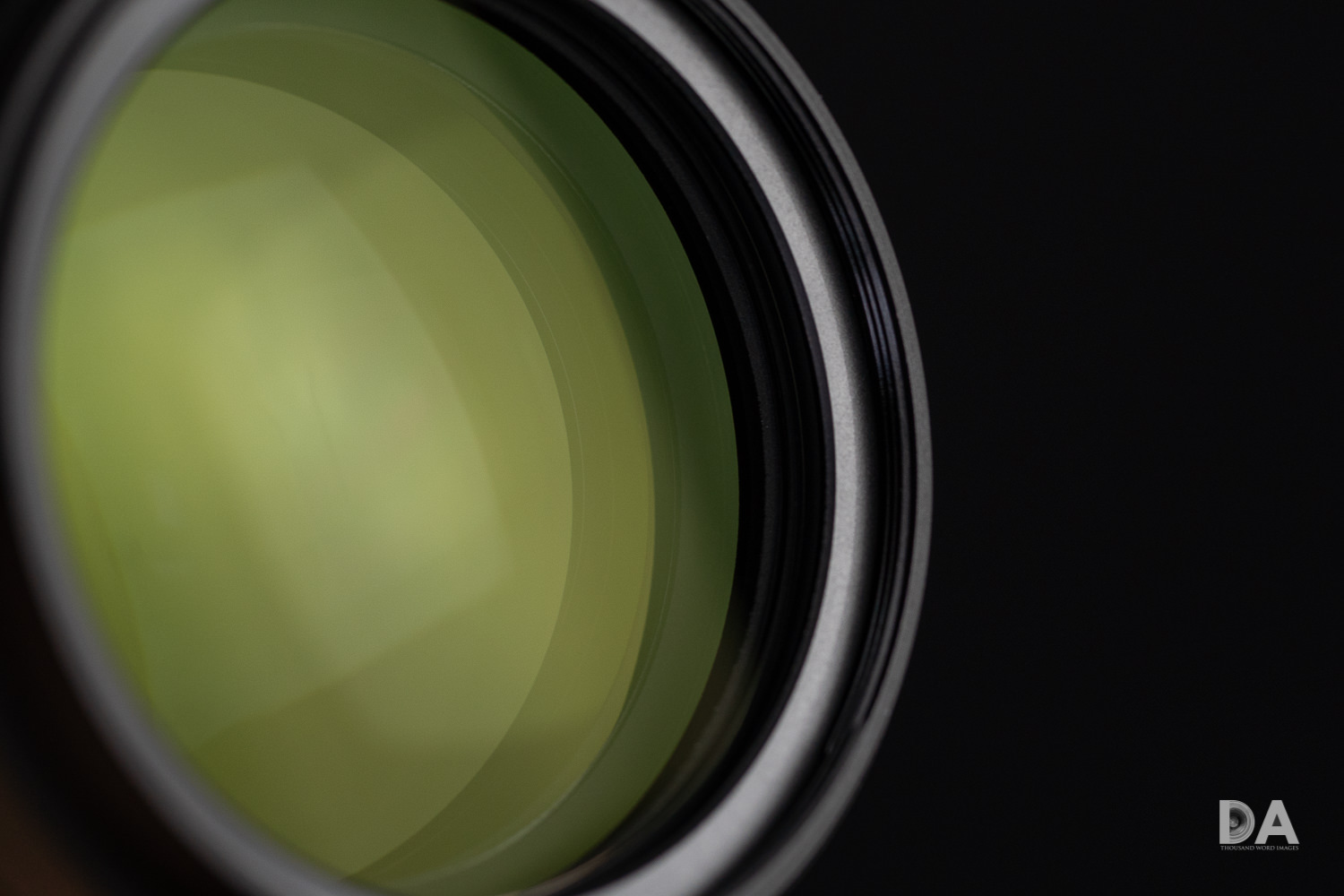
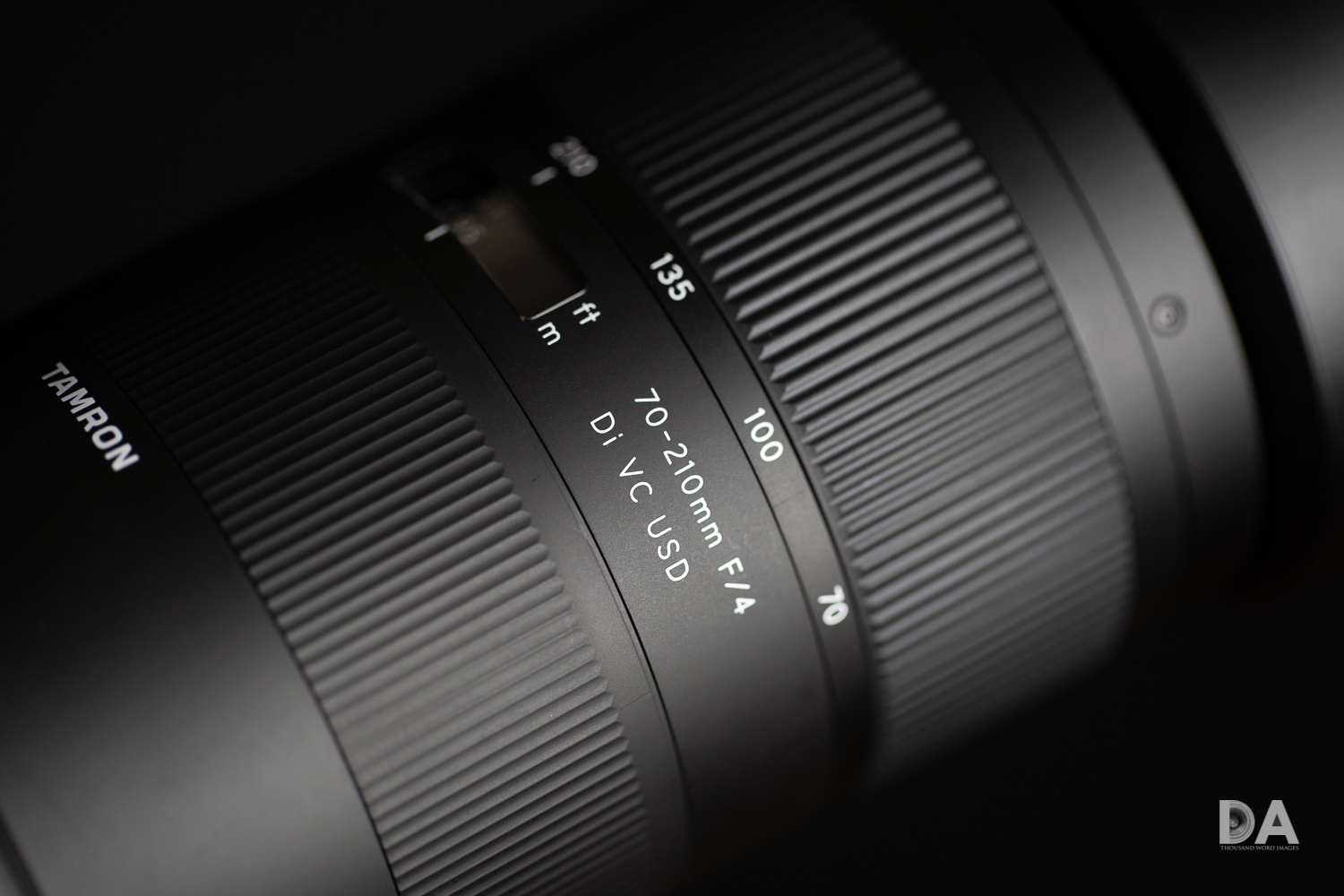

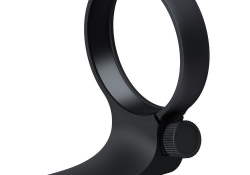
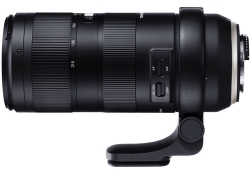


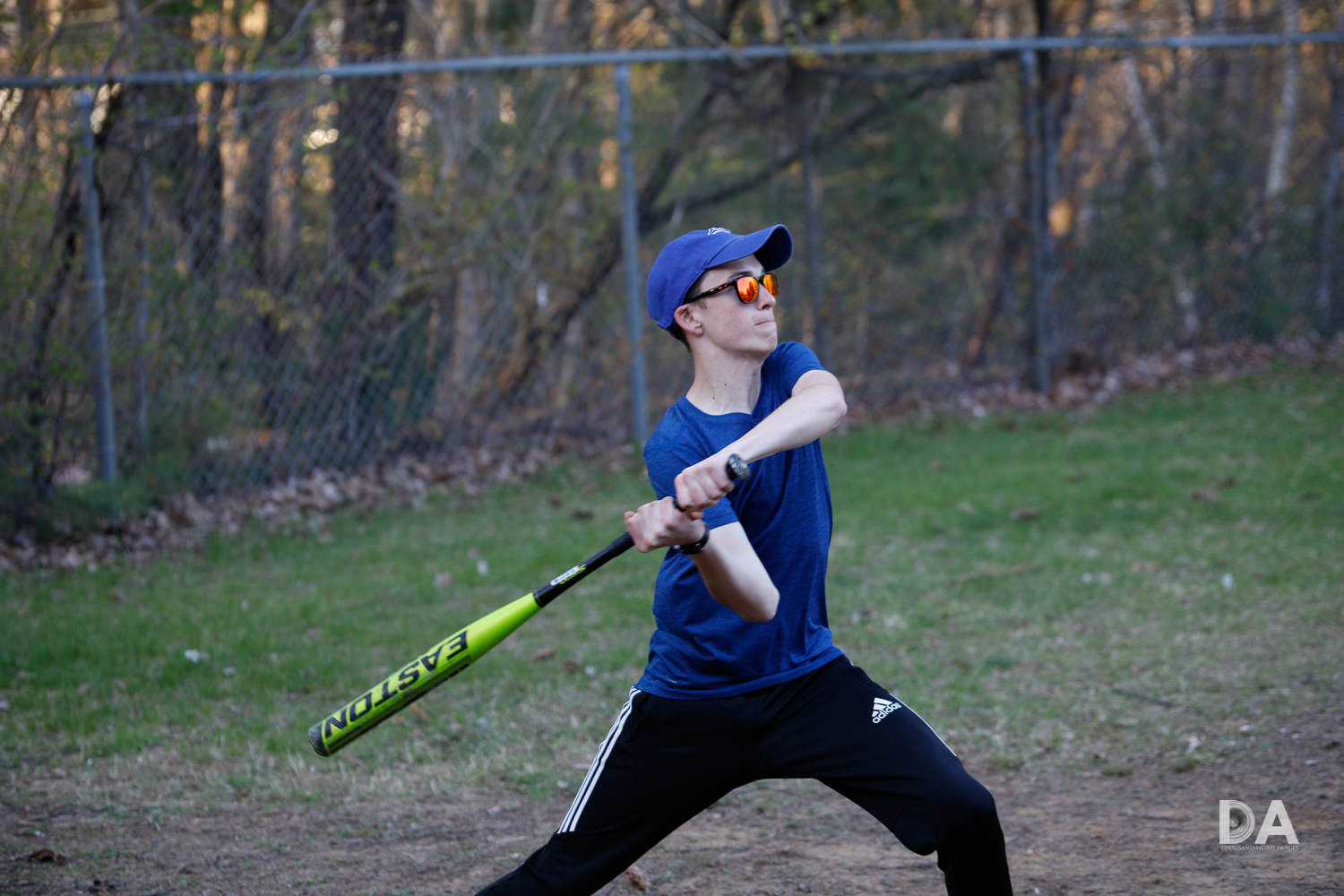





















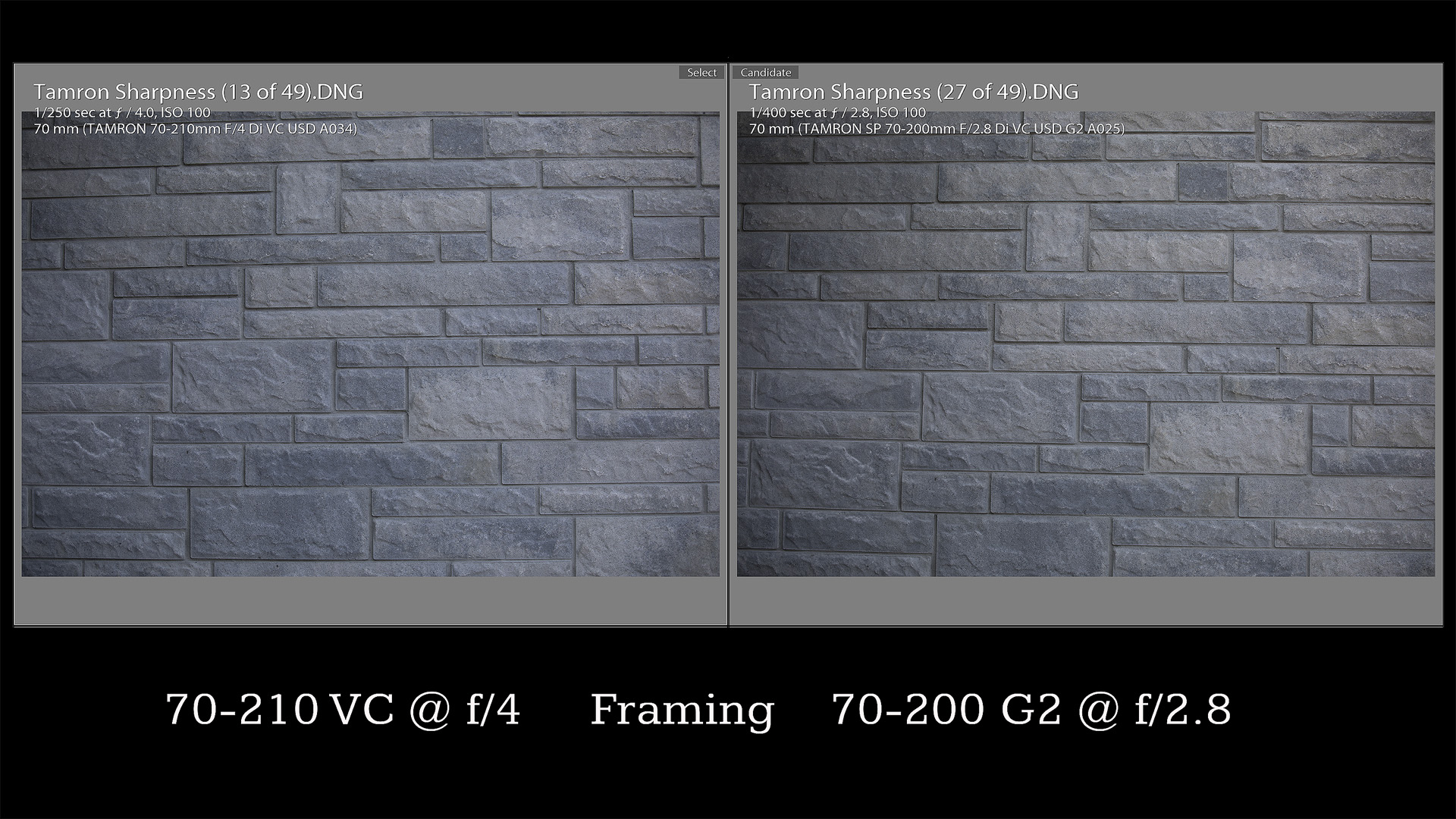
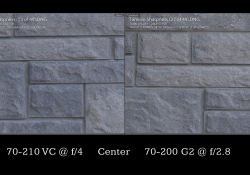
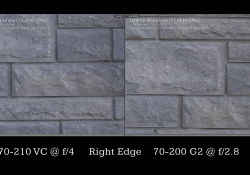
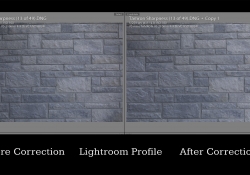
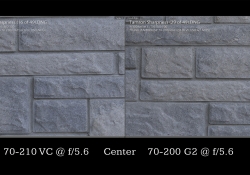
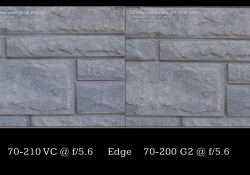
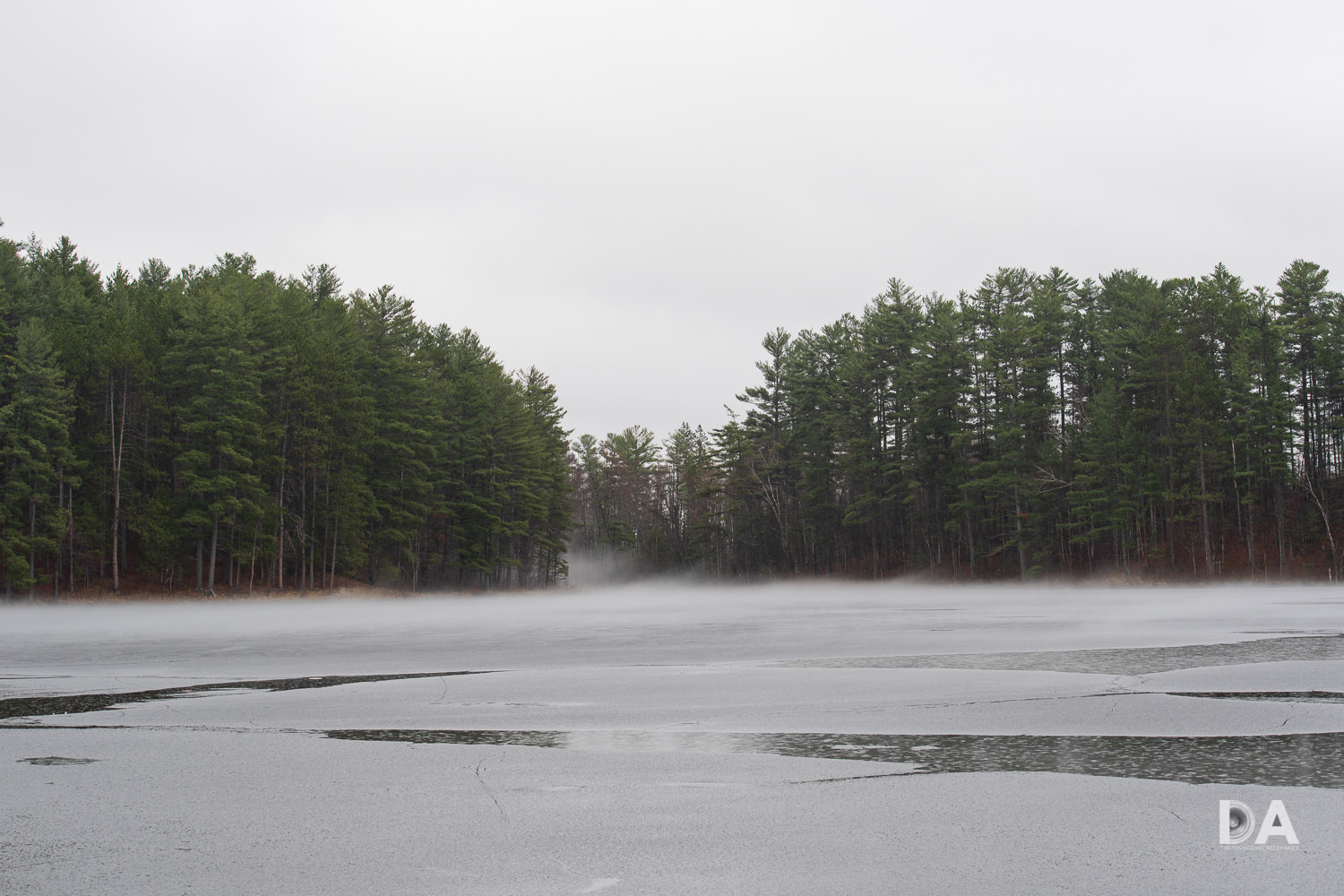

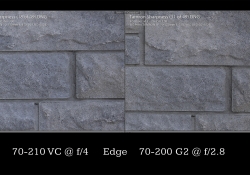

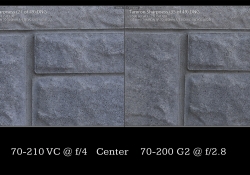
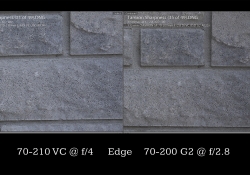
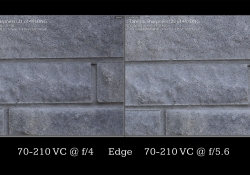

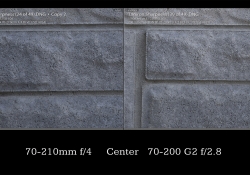
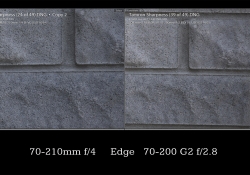



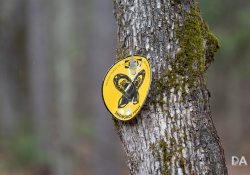

























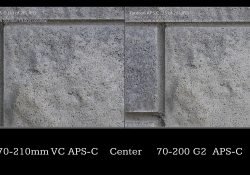
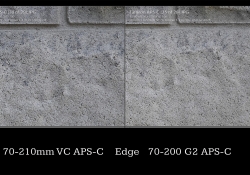
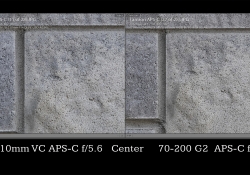











 Viltrox Pro AF 85mm F1.4 FE Gallery
Viltrox Pro AF 85mm F1.4 FE Gallery  Viltrox AF 85mm F1.4 PRO FE Review
Viltrox AF 85mm F1.4 PRO FE Review  Yongnuo YN 35mm F1.8 ART Gallery
Yongnuo YN 35mm F1.8 ART Gallery  Yongnuo YN 35mm F1.8 DA ART Review
Yongnuo YN 35mm F1.8 DA ART Review 



2 thoughts on “Tamron 70-210mm f/4 VC USD Review (A034)”